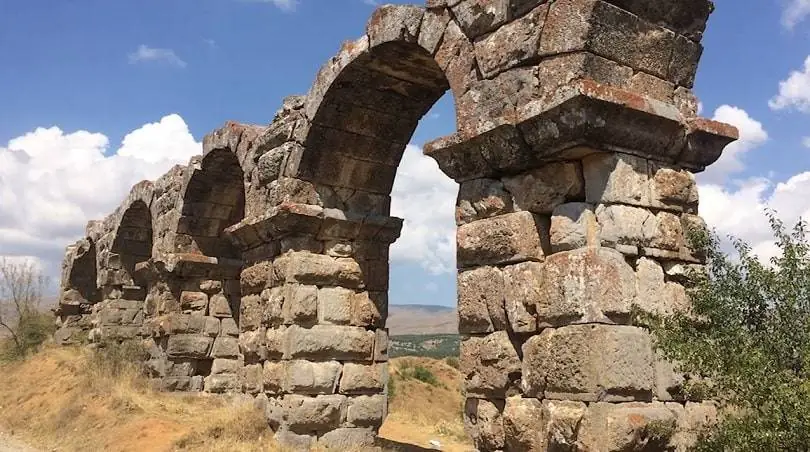Travelers are drawn to Pisidia by its distinctive fusion of historical treasures and unmatched natural beauty, which is tucked away in the enchanting terrain of southern Anatolia. This captivating area offers a rich tapestry of experiences just waiting to be discovered, while frequently being overlooked by more well-known Turkish destinations. From the well-preserved archaeological sites that dot the area to the old Pisidian cities, history buffs can follow the steps of past civilizations. In Pisidia, the ancient cities of Sagalassos and Antioch stand out as noteworthy landmarks since they showcase the magnificence of bygone times.

At the same time, Pisidia’s rich woods, lovely lakes, and stunning mountain ranges will delight nature enthusiasts, making it a great place for hiking and other outdoor activities. Pisidia welcomes you to explore its undiscovered treasures, where the past and present come together in a mesmerizing combination of culture and natural beauty.
Since the late Stone Age, which dates to the eighth millennium BC, people have lived in Pisidia. The Hittite archives also made reference to a few of its historic settlements. Additionally, Pisidia and its inhabitants were formerly referenced by Herodotus and Strabo. Although it being a mountainous area, the soil was extremely fruitful. An extinct Anatolian branch of the Indo-European language was spoken by the Pisidians.
♦ 6 Days Turkey Tour – Best Turkey Tour Package
In the Hellenistic era, Alexander the Great marched through this area after the Persians and besieged the Psidian cities of Sagalassos and Termessos. Following his demise, the region was administered by the Seleucids, the Pergamon Kingdom, and finally the Romans, who gave it the new name of Galatia.
As Saint Paul traveled and preached in Antioch, Pisidia rose to prominence as a major early Christian hub. Up to the 7th century AD, earthquakes, diseases, and Arab assaults decimated the region while it was under Byzantine power, which caused it to start losing prominence as a commerce route. After the Seljuks conquered the region in the eleventh century, the Ottomans took control.

